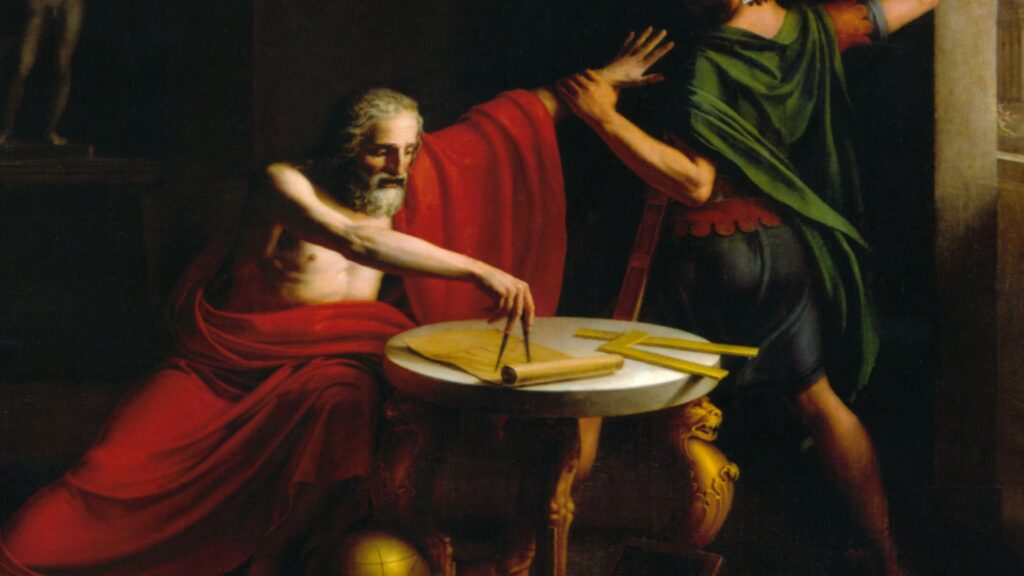Innovation in warfare has been a constant aspect of human history, with ancient civilizations developing new and advanced techniques and strategies to gain an advantage on the battlefield. While modern warfare is characterized by advanced technology and sophisticated tactics, many ancient military techniques were surprisingly ahead of their time and continue to influence military strategy to this day.
One such ancient military innovation is the Greek phalanx formation, which allowed the Greeks to effectively engage and defeat larger, more mobile forces. The Roman legions also developed innovative tactics such as the testudo and the use of throwing javelins, while the Mongol Empire revolutionized warfare with their innovative cavalry tactics.
These ancient military techniques continue to inspire military leaders and strategists, providing valuable insights into the nature of warfare and effective strategies throughout history.
Innovation in Warfare: Ancient Military Techniques Ahead of Their Time
Warfare has been a constant aspect of human history, with civilizations throughout the ages developing new and innovative techniques and strategies to gain an advantage on the battlefield. While modern warfare is characterized by advanced technology and sophisticated tactics, many ancient military techniques were surprisingly ahead of their time and continue to influence military strategy to this day.
Greek Phalanx Formation
One such ancient military innovation is the Greek phalanx formation, which was used by the ancient Greeks to great effect in battles such as the Battle of Marathon and the Battle of Thermopylae. The phalanx was a densely packed formation of infantry soldiers with spears and shields, creating a wall of overlapping shields and bristling spear points that made it almost impenetrable to enemy attacks. This formation allowed the Greeks to effectively engage and defeat larger, more mobile forces, and it has been studied and emulated by military commanders throughout history.
Roman Legionary Tactics
The Roman legions are another example of ancient military innovation that was ahead of its time. The Roman army was known for its organization, discipline, and tactical flexibility, and its soldiers were trained to fight in a variety of formations and terrains. The Romans developed innovative tactics such as the testudo (tortoise), a formation in which soldiers interlocked their shields to form a protective shell, and the use of throwing javelins (pila) to disrupt enemy formations before engaging in close combat. These tactics allowed the Roman legions to conquer and control a vast empire, and their influence can be seen in modern military training and strategy.
Mongol Cavalry Tactics
The Mongol Empire, under the leadership of warriors such as Genghis Khan, revolutionized warfare with their innovative cavalry tactics. The Mongol horsemen were highly skilled and disciplined, and they used a combination of speed, mobility, and precision to outmaneuver and defeat larger, more heavily armed forces. The Mongols were masters of hit-and-run tactics, feigned retreats, and coordinated attacks, and their success on the battlefield can be attributed to their innovative use of cavalry and their ability to adapt to different combat scenarios.
Conclusion
Ancient military techniques such as the Greek phalanx, Roman legionary tactics, and Mongol cavalry tactics were truly ahead of their time, and their influence can still be seen in modern warfare. These innovative strategies and formations allowed ancient armies to overcome their opponents and achieve military dominance, and they continue to inspire military leaders and strategists to this day. By studying and understanding the innovations of the past, we can gain valuable insights into the nature of warfare and the strategies that have proven effective throughout history.
